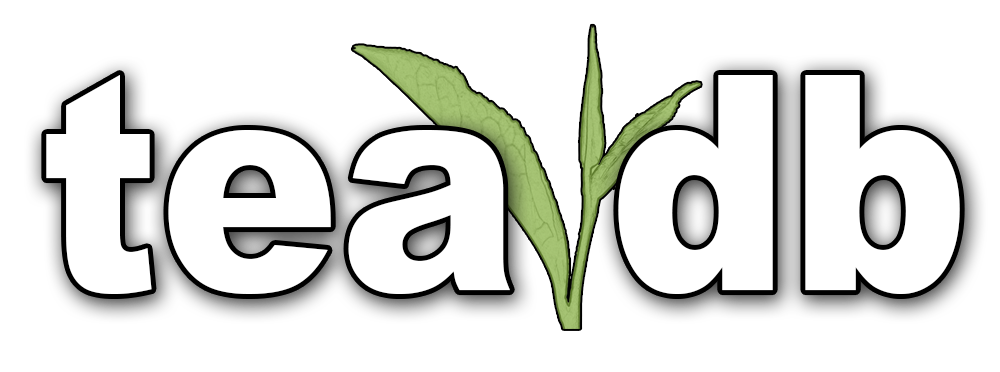From Seattle to Seattle, Inbetweenisode #16 covers the sister tea of Inbetweenisode #15. Also sold by Crimson Lotus Tea, the Ji Nian Tuo is a blend with larger leaf grades and is a very different tea. The profile is far more matured, with a smooth, earthy profile that isn’t nearly as fruity. Big thanks to Brian who sent this tea our way!
Author: James
-
Great Horse Tea’s Bai Ji Guan Wuyi Rock Oolong [Episode 92]
Denny and James bring on a special guest, Jake Knapp, who recently visited China with Great Horse Teas. In this episode, they drink some Yancha (Wuyi Rock Tea) procured on their latest trip, Bai Ji Guan.
-

Pu’erh Regions: Lincang
This article frequently references and links to babelcarp. Babelcarp is a Chinese Tea Lexicon that is an essential resource for tea nerds that want to dive in further and don’t understand Chinese! This article also sources many maps from a TeaChat thread, original sources vary.
Regarded as the northern pu’erh region Lincang Prefecture is one of the largest and most tea regions that produces pu’erh tea. While there is some pu’erh production north of Lincang (Dehong) it is sparser and not nearly as common as Lincang or Xishuangbanna. To the west, Lincang borders Burma and to the south is Pu’er Prefecture. Despite lagging behind Xishuangbanna in fame and hype, Lincang is home to a few of the most famed and expensive areas in all of pu’erh. The most notable of these are Bingdao and Xigui. There are also several Lincang-based factories, including Shuangjiang Mengku, and Fengqing (the iconic Xiaguan is located nearby in Dali). (more…)
-
Changtai’s 2003 Yuan Nian Shu Tuo (Raw) via Crimson Lotus Tea — TeaDB James InBetweenIsode Episode #15
From Seattle to Seattle, Inbetweenisode #15 covers a tea sourced from Washington-based pu’erh specialist Crimson Lotus Tea. This is a more humidly-stored tea and is a good example of an early Changtai production and Xishuangbanna storage. Big thanks to Brian who sent this tea our way!
-
Shang Tea’s Red Tea [Episode 91]
Denny and James review a black tea from typically white tea base material. This tea also comes from white tea specialists, Shang Tea.
-
Yunnan Sourcing’s 2012 Yong de Blue — TeaDB James InBetweenIsode Episode #14
Inbetweenisode #14 covers a great daily-drinking ripe pu’erh that is very much to James’ taste, 2012 Yong de Blue. If you liked the Yong de Organic Ripe pu’erh covered in inbetweenisode #1 this is an excellent alternate.
-
Shang Tea’s 2007 White Tea [Episode 90]
Denny and James review an aged white tea from white tea specialists, Shang Tea. This tea was processed as a white tea in 2007 and was pressed into brick form.
-

Ripe Pu’erh Shopping. What does your Money Buy?
Tea quality and price aren’t exactly cause and effect. There’s alot of factors that go into pricing tea and there’s a reason why hunting white labels can be lucrative. It’s important to know what exactly goes into the pricing of tea, in order to know where your money is going and to most obviously not get ripped off. Ripe pu’erh occupies a different niche for most tea drinkers compared with raw pu’erh. For many that specialize in other tea genres like Taiwanese oolongs or Tieguanyin, it is their easy-drinking pu’erh of choice. Inexpensive young raw pu’erh is often quite harsh and ripe pu’erh is a far cheaper alternative to drinking aged raw pu’erh. However, there are also more serious drinkers of ripe pu’erh that seek out higher-quality, premium ripe pu’erh. This article will break down the pricing factors and categories of ripe pu’erh. (more…)
-
Tea Urchin’s 2014 Bulang Beauty — TeaDB James InBetweenIsode Episode #13
Inbetweenisode Episode #13 covers Tea Urchin’s 2014 Bulang Beauty, a cake cut with some Lao Banzhang. If you have the money this will probably age quite well (or if you like young, strong sheng!). A good comparison with White2Tea’s New Amerykah.
-
Yin Ming Hao’s 1980s Raw Pu’erh [Episode 89]
Denny and James review an aged raw pu’erh, Yin Ming Hao’s 1980s raw pu’erh. Sold by Tea Classico and sent our way by Cwyn of http://deathbytea.blogspot.com/ .
